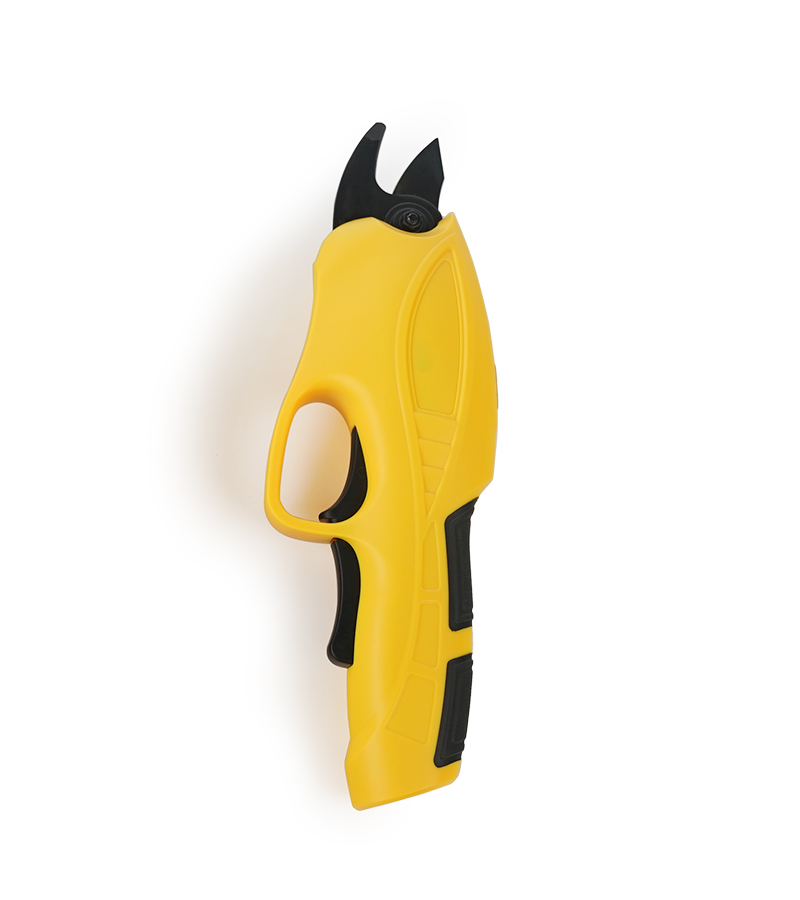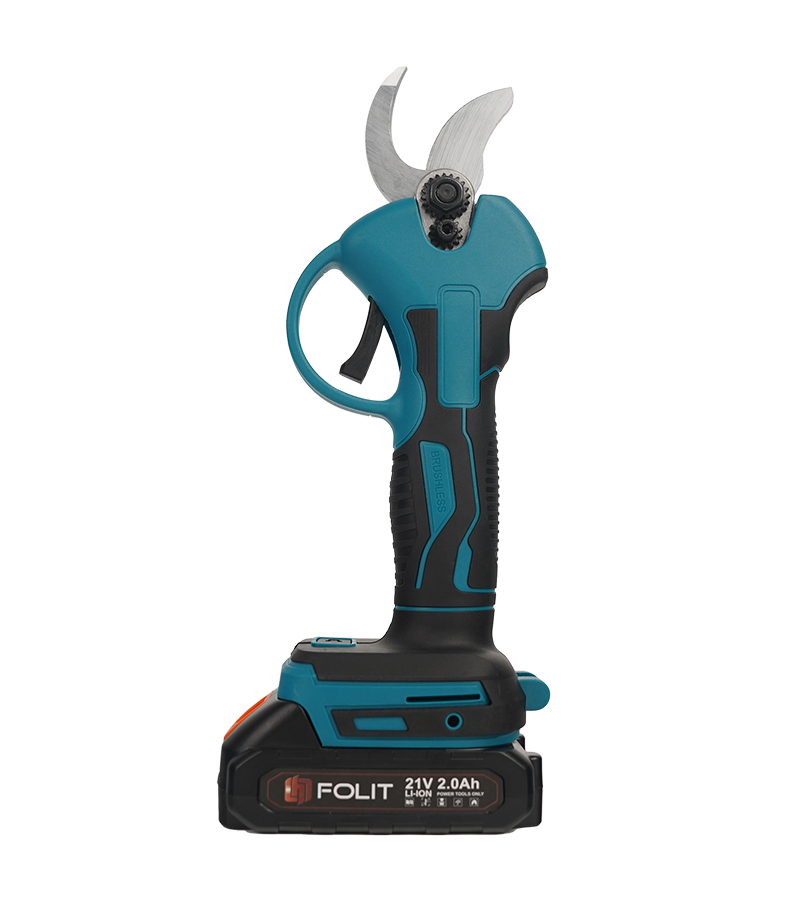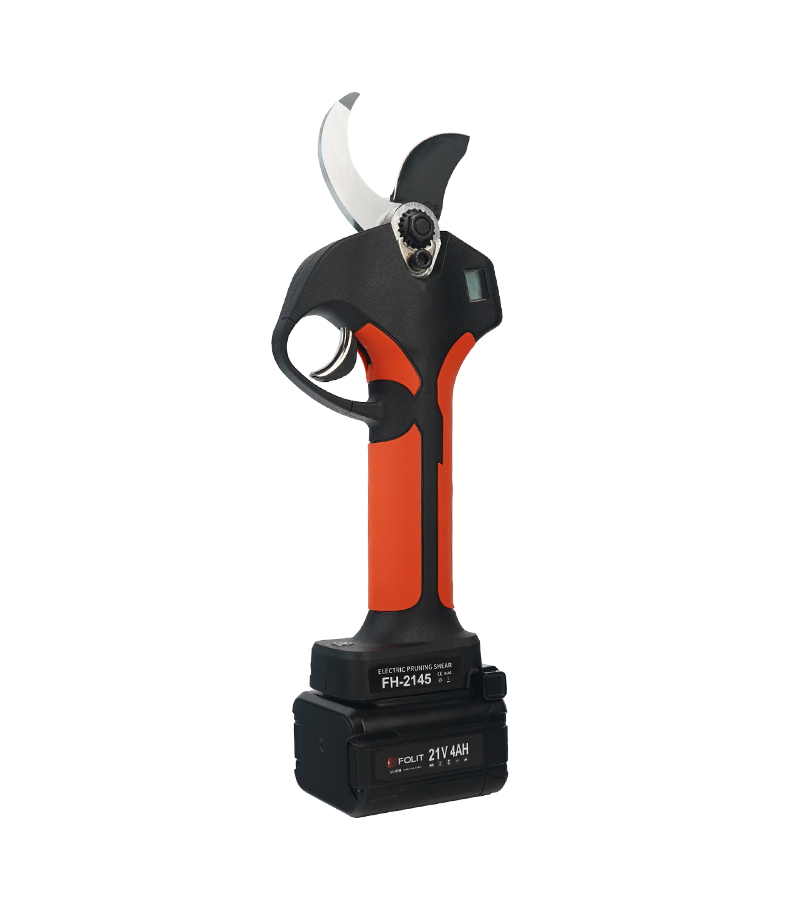Best Time to Prune
- Late winter to early spring, typically November to early March, is the optimal period to prune apple trees in the UK while they are dormant and leafless. This timing allows clear visibility of branch structure and helps minimise disease spread
- In trained fruit tree forms such as espalier, cordon, or pyramid, summer pruning (July–August) is also beneficial for maintaining shape and controlling size
Why Prune in Winter?
- Removing dead or diseased wood improves air circulation, reduces fungal infections, and allows more sunlight into the canopy—critical for fruit ripening and disease prevention
- Pruning stimulates the growth of 2–5‑year‑old fruiting spurs, essential for high-quality apple yield

How Much to Prune
- Aim to remove about 10–20% of the canopy annually to avoid over-stressing the tree. Excessive pruning can lead to vigorous water shoots or poor fruiting patterns
- For overgrown or neglected trees, rejuvenation pruning should be done gradually—removing up to one-third of major scaffold limbs over several winters
Step-by-Step Pruning Guide
- Choose a dry, frost-free day, after leaf drop but before bud burst
- Remove dead, broken, or diseased branches, ideally cutting back to healthy wood
- Create an open-centre (goblet-shaped) structure with well-spaced main branches to enhance light and airflow
- Avoid autumn pruning—the new growth may not harden and risks frost damage
For trained forms, perform light summer pruning to remove water shoots and maintain form
Summary Table
| Purpose | Pruning Time | Recommended Practice |
| Regular maintenance | Nov–early Mar | Remove ~10–20% canopy, open-centre shape |
| Rejuvenating old trees | Nov–Mar over multiple winters | Remove one-third scaffold limbs per year |
| Shaping trained trees | Summer (Jul–Aug) | Trim water shoots, maintain structure |








